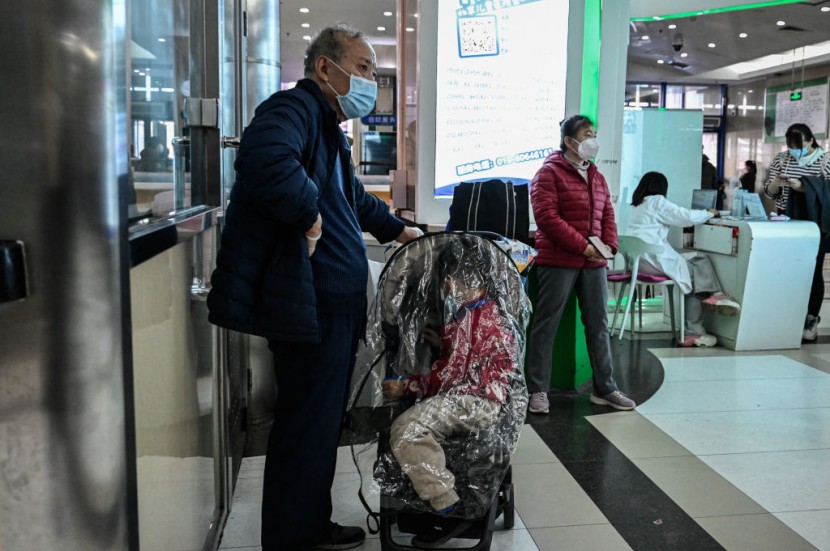Health officials have raised concerns about "white lung" virus sweeping across China, sparking fears of a potential pandemic. At the same time, officials in Ohio have reported an increase in pneumonia cases among children, leading to speculations about a condition referred to as "white lung syndrome."
While the situation is reminiscent of the surge in pediatric pneumonia cases in China, Ohio's Warren County Health District asserts that these outbreaks are unrelated, as per Daily Express.
'White Lung' Virus Spread

According to the health district, there is no evidence linking the Ohio outbreak to other national or international incidents. Although the number of cases this year is higher, the severity is on par with previous years. Most affected children have been able to recover at home with antibiotic treatments.
So, what exactly is "white lung syndrome," and should we be concerned? Medical experts emphasize that "white lung" is not a medical term but rather a description of pneumonia appearing as white on chest X-rays. This whiteness can be caused by various factors, including fluid build-up, inflammation, or scarring of lung tissue.
Moreover, "white lung" pneumonia is not a specific type of pneumonia but rather a term used to describe any pneumonia that shows up as white on chest X-rays. Bacterial infections are the most common cause, but viruses such as RSV, COVID-19, or the flu can also result in this appearance.
Dr. Gustavo Cumbo-Nacheli, a pulmonologist, explains that several conditions can affect the respiratory system and cause abnormal "whitening" of lung areas. It is not unusual for the whiteness to persist in scans for days or weeks until the affected areas are cleared by the body.
Symptoms of "white lung" pneumonia vary depending on the cause. However, common signs include cough, fever, shortness of breath, chest pain, loss of appetite, fatigue, and confusion. Bacterial pneumonia tends to be more serious than other types, according to Yahoo News.
White Lung Syndrome Treatment
Pneumonia can result from bacterial, viral, or fungal infections. Bacteria like Streptococcus pneumoniae and Mycoplasma pneumoniae are common causes, while viral pneumonia is often associated with the flu, respiratory syncytial virus (RSV), or COVID-19. Fungal pneumonia is rare in healthy individuals.
Treatment for "white lung" pneumonia depends on the specific cause. Bacterial pneumonia is typically treated with antibiotics, while antiviral or antifungal medication is used for viral or fungal pneumonia. Over-the-counter drugs can help manage symptoms such as fever and muscle pain. Severe cases may require hospitalization, with treatment involving intravenous antibiotics, oxygen therapy, and ventilation.
To lower the risk of pneumonia, health experts recommend getting vaccinated against the flu and pneumococcal disease, practicing good hand hygiene, avoiding close contact with sick individuals, refraining from smoking, and maintaining a healthy lifestyle with regular exercise and a nutritious diet.
Despite a recent outbreak of pneumonia cases among children in Ohio, experts emphasize that the national and international rise in pediatric pneumonia cases is not unusual for this time of year. Pneumonia, particularly during the fall and winter, is more common due to respiratory viruses.
While certain countries are experiencing outbreaks, including cases of mycoplasma pneumonia, there is no evidence linking these incidents to the outbreak in Ohio or suggesting a widespread increase in pneumonia cases. Officials continue to monitor these outbreaks closely, but experts stress that the recent spikes in pediatric pneumonia should not cause undue alarm, Aol reported.
© 2025 HNGN, All rights reserved. Do not reproduce without permission.








